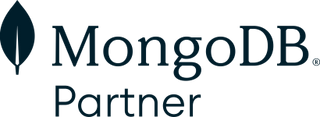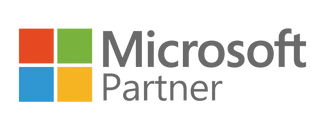Find your solution
Where are you now?
I'm a Startup
I'm in growth mode
I'm building AI Apps
I want a pre-built solution
Software Development
Agile Project Management
UX/UI Design
Strategic Consulting
Creative Solutions
Startup Tech Partner
Salesforce Consulting
Web3 Development
Manufacturing Solutions
Artificial Intelligence
DevOps Consulting
Recruitment Services
Tailored Solutions
Check out our home grown solutions if you are in the Manufacturing, Medical, DevOps and/or Product Management fields we have something for you!
Meet Our Solution Partners
We are partners to many of the major service providers for Cloud, CRM, DevOps and Database development companies and have built our own solutions as well.

We are MongoDB COE
We can help your organization adopting/adapting and enhancing your MongoDB code to better suit your business needs.

Amazon Partners
Contact us for help with your AWS stack if you need help setting up, configuring and maintaining AWS resources ( EC2, S3, VPC, CloudFront, RDS ,etc)

Salesforce Partners
We are part of the Salesforce partner community! Contact us for your consulting needs with Salesforce related tasks (Administration, Consulting, Development & Training).

GitLab Partners
Gitlab Tech Partner with out premier Product Management app linked to Gitlab (Gitdone.io) used to offer a more holistic product mgmt and road-mapping tool.

Google Cloud
Contact us if you need help setting up, configuring and maintaining GCP resources (Compute Engine, Cloud Storage, CloudSQL, etc)

Microsoft Partner
Contact us for help with your Dynamics 365 and any custom .NET development needs your company has!

Check our White Papers
Our industry experts have some interesting white papers for you to read. Feel free to download them to start up a conversation with us.
Frequently Asked Questions
What services does Alio offer?
Alio provides end-to-end technology solutions, including DevOps consulting, cloud infrastructure (AWS, Azure, GCP), CI/CD automation, QA testing (Katalon, Sonar), data engineering, and software development. We also offer Frontend development, UI/UX design, and infrastructure-as-code support to deliver full-stack experiences and scalable systems.
How does Alio help companies reduce cloud costs?
Our FinOps specialists analyze your cloud usage to find savings opportunities without compromising performance. Through automation, right-sizing, real-time dashboards, and reserved instance strategies, we help teams gain visibility and control over cloud spend.
Can Alio support my internal development team?
Yes. We often integrate with your Scrum teams to support everything from DevOps and QA automation to frontend engineering, data pipelines, and UX improvements. Our engineers adapt quickly to your workflows and bring niche expertise to accelerate delivery.
What industries does Alio typically work with?
We've partnered with clients in insurance, logistics, education, healthcare, and SaaS. Whether you need a scalable web app, improved cloud performance, or reliable data pipelines, we tailor our solutions to your industry's unique operational and regulatory needs.



